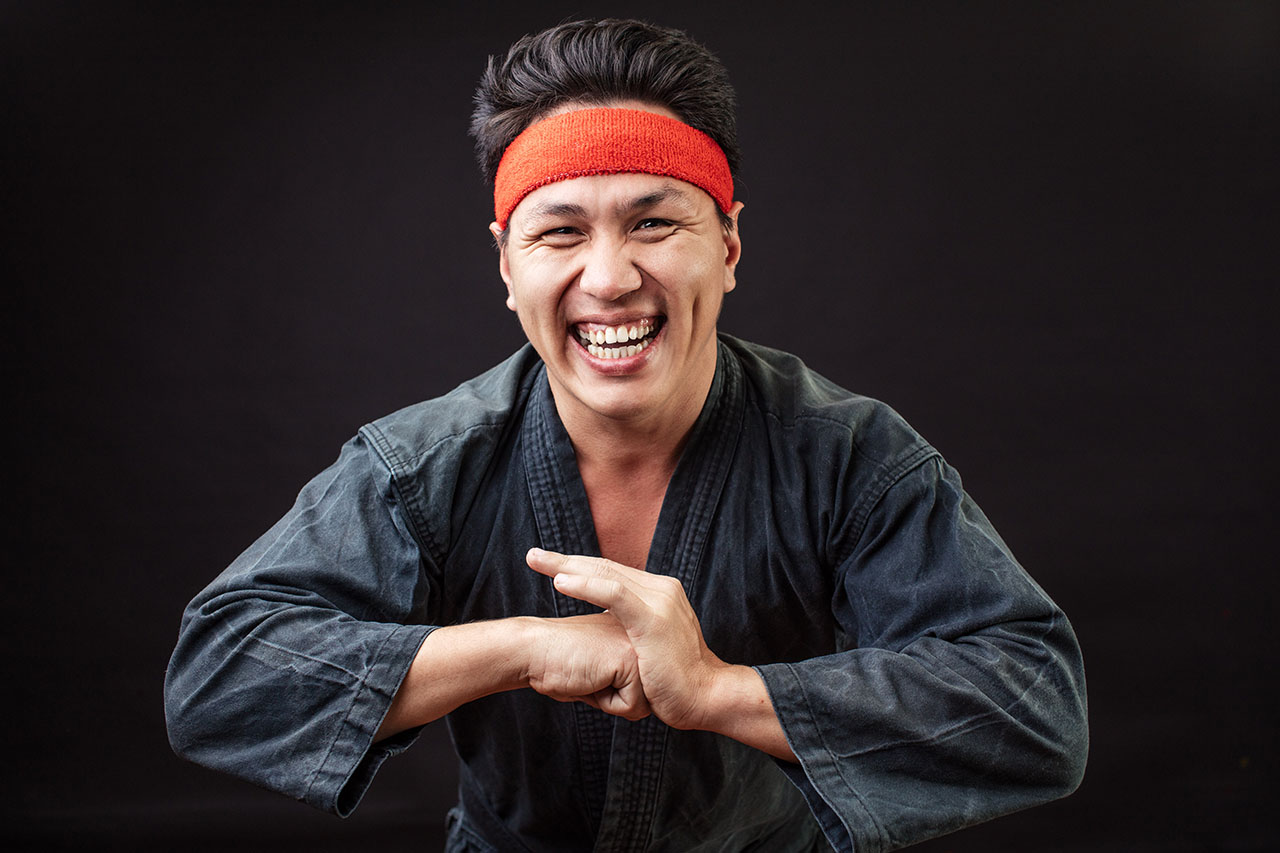When you’re running a dojo, every decision you make shapes your students’ experience and hiring is no exception. One of the most common crossroads dojo owners face is whether to hire freelancers or bring someone on full-time. At first glance, it seems simple: do you want flexibility or stability? But if you dig a little deeper, you’ll find it’s a much more layered decision.
Let’s unpack what’s really at stake when choosing freelancers vs. full-time staff, especially when your academy’s growth, culture, and cash flow are all on the line.
Understanding the Roles
Who are freelancers in the dojo world?
 In our context, a freelancer could be a part-time coach, an instructor who floats between schools, or even someone teaching a few classes a week while juggling another job. They come in, teach, get paid, and move on. No strings attached.
In our context, a freelancer could be a part-time coach, an instructor who floats between schools, or even someone teaching a few classes a week while juggling another job. They come in, teach, get paid, and move on. No strings attached.
What does hiring full-time staff actually look like?
Hiring someone full-time means investing in them not just financially, but emotionally and strategically. You’re saying, “You’re part of this journey. Let’s build together.” Full-time instructors are embedded in your culture, are more available, and typically take on responsibilities beyond just running classes.
The Case for Freelancers
Budget-friendly and less commitment
Especially when you’re just starting or scaling cautiously, hiring freelancers can be a lifesaver. You only pay for the hours worked. There’s no pressure to fill their week with tasks just to justify a salary.
Access to a wider talent pool
Freelancers often bring skills from different environments. You might find someone with high-level competition experience, or a coach trained under a different lineage who brings fresh insights to your mats.
Flexibility in scheduling classes
Running a one-off seminar? Need cover for holidays or illness? Freelancers let you stay operational without locking in long-term costs.
Trial-and-error without long-term risk
Think of it as a try-before-you-buy model. You get to test how they interact with students and whether they mesh with your culture before making bigger commitments.
The Case for Full-Time Staff
Consistency in quality and culture
A full-time coach lives and breathes your academy. They understand your values, your students, and your approach. That consistency is invaluable especially when building a strong brand and retaining students long-term.
Long-term development of students
Students thrive on continuity. When the same coach sees them every week, they build stronger relationships, deeper technical understanding, and greater trust.
A sense of team and ownership
Full-timers are more invested in the dojo’s success. They’ll spot issues before they become problems, help create systems, and even support with marketing or admin because they care about the big picture.
Better alignment with your mission
When you’re scaling, alignment matters. A freelancer might just want a paycheque. A full-timer wants to build something and that kind of drive can take your academy to the next level.
Common Challenges of Freelancers
Reliability and last-minute cancellations
Not every freelancer is flaky, but when their commitment is limited, things can fall through. If they get a better gig or a personal emergency, you might be left scrambling.
Lack of emotional investment
They’re not growing with you. They may show up, teach, and leave. That can work in the short-term, but over time, it chips away at the community you’re trying to build.
Difficult to build systems with rotating staff
Every dojo thrives on structure, curriculum, rituals, energy. When instructors change every week, students lose that rhythm. So does your team.
Common Challenges of Full-Time Staff
Higher upfront costs
Salaries, benefits, potential relocation; it adds up. And if you’re still filling your classes, that expense can feel risky.
The pressure of keeping them busy
Once they’re full-time, you’ve got to make sure there’s enough work to justify it. Otherwise, resentment or disengagement can creep in on both sides.
Risk if the hire doesn’t work out
Letting a freelancer go is simple. Offboarding a full-time hire isn’t, especially if they’ve been part of the family.
The Hybrid Approach
How some dojos are combining both
 Many successful academies are finding the sweet spot: they use freelancers for overflow or specialist classes, while keeping a core full-time team focused on growth and stability.
Many successful academies are finding the sweet spot: they use freelancers for overflow or specialist classes, while keeping a core full-time team focused on growth and stability.
When to use freelancers and when to commit to full-time
Use freelancers to plug gaps or test new programmes. Go full-time when you’ve got consistent class numbers and a clear need for leadership beyond the mats.
Key Considerations Before You Decide
Your growth stage and current student load
If you’re growing fast and classes are packed, a full-time coach might be essential. If you’re still experimenting with formats, freelancers give you breathing room.
Your long-term vision
Are you building a community-led dojo that thrives on relationships? Or are you testing different offers and just need coverage? Your answer should guide your hires.
Your personal teaching load and future plans
Planning to step off the mats soon? You’ll need more stability. Happy to teach for the next few years? Flexibility might serve you better for now.
Real-World Scenarios from Dojos
When freelancers helped bridge the gap
One academy used freelancers to test a kids’ kickboxing programme before hiring someone to run it full-time. They saved thousands by not rushing the decision.
When full-timers created a retention boost
Another dojo saw a 20% retention jump after promoting a part-timer to full-time. Why? Students felt more connected, and the coach was able to build stronger relationships across the week.
Mistakes to Avoid
Hiring just to fill a slot
Whether freelance or full-time, desperate hiring rarely works. Better to delay than to hire the wrong fit.
Not having a process in place
Always onboard properly. Even freelancers should understand your expectations, your teaching style, and your values.
Ignoring the cultural fit
Skill matters, but energy and personality often matter more. One bad attitude can knock your whole team off balance.
Building a Team That Matches Your Dojo’s Identity
Personality over paper qualifications
Give me someone who cares, connects, and communicates over a black belt with no passion. Your students will agree.
Training systems that support both models
If your dojo runs like a machine, both freelancers and full-timers can step in and deliver. Build that system first, and you’ll never be stuck.
Making the Final Call
A few questions to ask yourself before hiring
- Do I need stability or flexibility right now?
- Am I willing to invest time into training someone long-term?
- Can I afford to pay someone fairly and consistently?
What your gut (and your spreadsheet) are telling you
You’ll feel it. If you’re losing sleep trying to juggle classes or drowning in admin, it’s probably time to bring someone in. Just make sure the numbers make sense too.
Conclusion
There’s no one-size-fits-all answer to the freelancers vs. full-time debate. Your choice should reflect your goals, resources, and values. The best dojo leaders aren’t choosing based on a trend. They’re choosing based on what serves their students, protects their time, and builds a future they actually want to lead.
FAQs
Should I use freelancers when starting my dojo?
Yes, if you’re keeping costs low and testing class formats. Just make sure you train them properly.
How can I test a freelancer before hiring?
Start with one class or a short block. Watch how they connect with students and how they fit with your team.
What’s the average cost difference between a freelancer and a full-timer?
Freelancers often cost more per hour but have no additional costs. Full-timers come with a salary and potentially benefits but offer more value long-term.
How do I train part-time coaches to deliver my curriculum?
Use a clear class structure, regular feedback, and shadowing to get them up to speed. Keep it simple, repeatable, and aligned with your ethos.
Can I shift someone from freelance to full-time later on?
Absolutely. In fact, some of the best full-timers start as freelancers. Just make sure they’re a cultural fit before you make the move.




